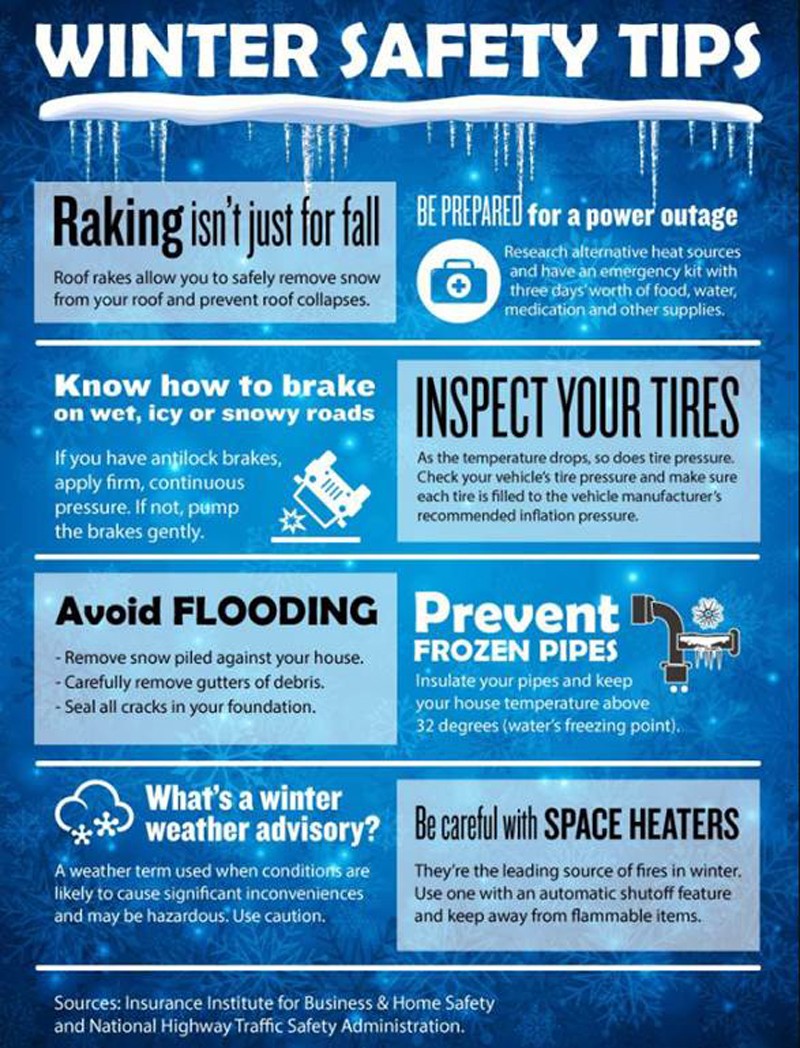Prevent Carbon Monoxide Poisoning
Carbon monoxide detectors save lives. Every year, over 400 people die and 50,000 are treated for carbon monoxide poisoning.
The most common symptoms of carbon monoxide poisoning are often described as “flu-like” – headache, dizziness, weakness, upset stomach, vomiting, chest pain and confusion. Check out our carbon monoxide fact page.
The CDC offers these additional tips:
- Have your furnace, water heater and any other gas or coal-burning appliances serviced by a qualified technician every year
- Do not use portable flameless chemical heaters indoors
- Have your chimney checked and cleaned every year, and make sure your fireplace damper is open before lighting a fire and well after the fire is extinguished
- Never use a gas oven for heating your home
- Never use a generator inside your home, basement or garage or less than 20 feet from any window, door or vent; fatal levels of carbon monoxide can be produced in just minutes, even if doors and windows are open
- Never run a car in a garage that is attached to a house, even with the garage door open; always open the door to a detached garage to let in fresh air when you run a car inside
The U.S. Fire Administration has put together materials on the dangers of carbon monoxide, including a list of carbon monoxide poisoning symptoms.
Symptom severity varies depending on the level of carbon monoxide and duration of exposure. Mild symptoms sometimes are mistaken for flu.
Low to moderate carbon monoxide poisoning is characterized by:
- Headache
- Fatigue
- Shortness of breath
- Nausea
- Dizziness
High-level carbon monoxide poisoning results in:
- Mental confusion
- Vomiting
- Loss of muscular coordination
- Loss of consciousness
- Death
If you think you are experiencing any of the symptoms of carbon monoxide poisoning, go outside and get fresh air immediately. You could lose consciousness and die if you stay in the home.
Drive Safely in the Snow
Driving in the winter means changes in the way you drive. Snow, sleet and ice can lead to hazardous road conditions. Prepare your vehicle for the upcoming winter season with these helpful tips.
Avoid Shoveling, Snowblowing Injuries
Shoveling snow or using a snowblower are among winter’s most grueling activities. High levels of activity in cold temperatures put many people at risk of heart attack, especially those that have inactive lifestyles.
Treat Frostbite Immediately
Use first aid to help someone who may have hypothermia or frostbite. Online and classroom courses are available at workplaces and other organizations through NSC. Download the NSC first aid app and you will be ready to give first aid for frostbite, hypothermia and many other emergencies.
Avoid Injuries While Enjoying the Winter Weather
Whether you are skiing, snowboarding, sledding or skating, take safety precautions like learning basic skills and using the appropriate gear for the sport.
Know the Numbers
Need more facts and stats? See the Injury Facts page on Weather-Related Deaths and Injuries.



Leave A Comment